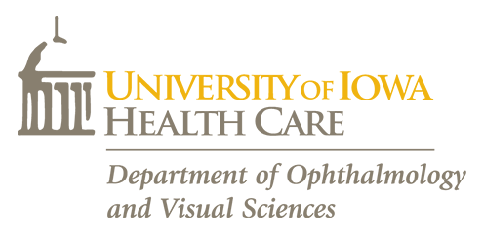Refractive surgery techniques, especially those using laser ablation, have revolutionized the treatment of refractive errors. The short-term results have been well studied in adults, but long-term outcomes are not known. No good studies exist to tell us whether the pediatric eye responds the same as the adult eye to these techniques, but there is reason to believe that the pediatric eye will have many differences, both short- and long-term based on other similar surgeries adapted for pediatrics. These techniques have great potential to add to our armamentarium of treatments for frustrating problems such as unilateral high myopia with amblyopia, but they should be used with caution. The patients who are the most attractive to refractive surgeons, namely, teenagers with typical myopia who want to discard their spectacles, are the patients with potentially the most to lose from a procedure with unknown long-term results for a condition easily treated with other modalities. Those who need it most, namely infants and children with high anisometropia who cannot tolerate contact lenses or spectacles, are the least cooperative, the most difficult to treat postoperatively, and the least able to afford expensive treatments not covered by insurance, are therefore the least likely to be offered the procedure, or to have a study designed to evaluate their specific needs and concerns. It behooves ophthalmologists interested in pediatrics to carefully discuss and research the possible indications and theoretical concerns of these powerful techniques in pediatric eyes.
Refractive surgery in children.
Journal:
Ophthalmology clinics of North America.
Additional Information:
2001 Sep;14(3):457-66.
Publication Date:
Sep 1 2001
Pubmed ID:

